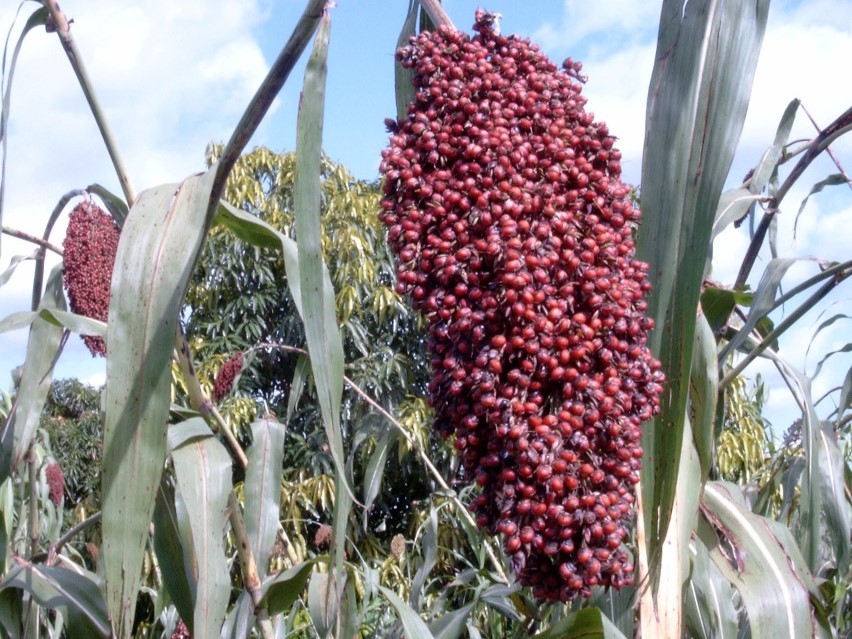
Governments and donors have challenged crop breeding programs led by CGIAR and national agricultural research and extension systems (NARES) to show the opportunity for impact from investments. Building evidence on the opportunity for impact requires data and insights on the two sides of crop breeding: the business view and the biological view. Traditionally, discussions in the CGIAR have focused on the biological view, without the complementary business view.
A central element of the business view of crop breeding is to identify the next generation of seed products required by farmers, processors, and consumers. The identification of future product requirements is critical given the 10+ year lag to design, test, and distribute new seed products.
To understand farmers’ future product requirements, we start by looking at their current product requirements—or market segments. A market segment is a group of farmers with common seed product requirements. In the context of CGIAR and NARES crop breeding, these market segments are defined systematically based on eight criteria that cover grower requirements (where and how the crop is grown) and end-user requirements (what the crop is used for). See Market Intelligence Brief #1 for details on how we designed segmentation. Currently, more than 450 market segments exist for crops of interest to CGIAR crop breeding programs. The full set of current seed product market segments are available online in the Global Market Intelligence Platform (GloMIP).
Periodically, Market Intelligence reaches out to breeding teams at CGIAR and NARES to review and refine segments for a particular crop. We will report some refinements to the current segmentation in this bulletin—e.g., articles in this edition report recent refinements to maize and bean market segmentation.
Market Intelligence employs a variety of methods and tools to identify the next generation of seed products required by farmers, processors, and consumers, from crop modelling and video-based product concept testing to participatory scenario planning. Market Intelligence Brief #2 presents a first application of video-based product concept testing to explore next-generation seed products requirements for maize farmers in Kenya and Uganda. Similar product-concept testing work is currently underway in Tanzania for groundnut and sorghum.
Examples of questions related to future product requirements that Market Intelligence will be exploring are:
- Does hybrid sorghum have a future in Sub-Saharan Africa?
- Where and when is sorghum production likely to replace maize production due to agroclimatic changes?
- What is the investment opportunity for dual purpose maize and wheat in South Asia?
- When will the potato chip industry in East Africa demand higher quality raw materials from local farmers?
- Will seed products that exhibit improved nutritional traits see demand from processors and consumers?
Another important dimension of the business view is defining the opportunity to deliver impact from investments in developing new products for a given market segment. For each market segment in the Seed Product Market Segment Database, a set of descriptors is included. These descriptors were calculated systematically across segments, thus allowing for their comparison within crops and across subregions. Examples of descriptors include estimated area under production, value of the crop, and percentage of people under the market segment footprint living in rural poverty.
In other cases, Market Intelligence provides evidence on the opportunity for impact based on in-depth studies with farmers, processors, and consumers. For example, the article in this edition of the bulletin on early-maturity maize in Kenya suggests an opportunity from investments in early-maturity hybrid maize seed products.
In the next edition of the Bulletin we will explore Target Product Profiles (TPPs): what they are, how they are designed, and the link between TPPs and market segmentation.